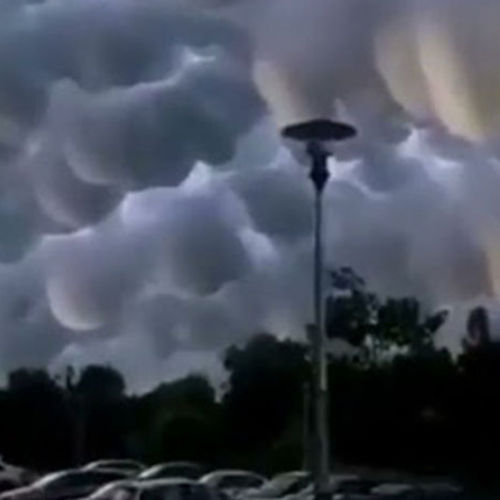
| Added | Wed, 02/03/2022 |
| Источники | |
| Дата публикации | Wed, 02/03/2022
|
| Версии |
A month and a half ago, a powerful underwater volcano erupted in the south-west Pacific Ocean near the island of Tonga, as a result of which a plume of aerosols rose to a height of 58 km, reaching the mesosphere. According to scientists, these aerosols can persist in the high-altitude layers of the atmosphere for more than a year and affect space weather.
One of the residents of Brazilian Rio de Janeiro captured an unusually colorful sunset on February 26, which could have been caused by Tonga aerosols wandering in the atmosphere. According to him, similar sunsets were observed periodically after the eruption, and the time of their appearance coincides with a two-week round-the-world trip of the plume at the latitude of the city.
In addition, after the eruption, an increase in the activity of silvery clouds and ripples in the atmosphere's own glow over the Pacific Ocean were recorded.
The awakened volcano exploded with such power as hundreds of atomic bombs. The inhabitants of the surrounding islands had to escape not only from falling ash and rocks, but also from floods caused by the tsunami.
Новости со схожими версиями
Log in or register to post comments












